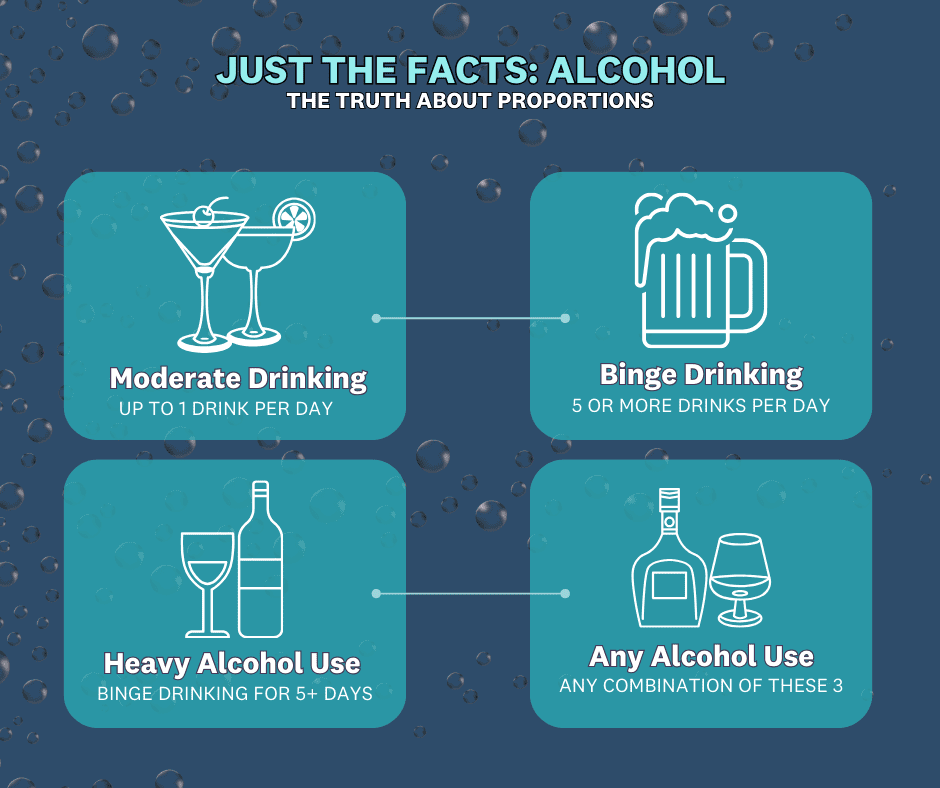Curious about how many beers it takes to get drunk? Dive into our exploration of pour decisions and their effects.
Table of Contents
Picture this: you’re at a social gathering, and the drinks are flowing. You may wonder, “How many beers does it take to get drunk?” It’s a common question, but the answer isn’t as straightforward as you might think. In this blog post, we will delve into the science behind alcohol metabolism, individual tolerance levels, and the various factors that influence intoxication.
Alcohol Metabolism
When you consume alcohol, your body goes through a complex process to break it down. Alcohol metabolism primarily takes place in the liver, where enzymes like alcohol dehydrogenase and aldehyde dehydrogenase work to metabolize ethanol, the type of alcohol found in beverages.
Alcohol metabolism is a key factor in determining how quickly you feel the effects of alcohol. The speed at which your body metabolizes alcohol can vary based on factors like genetics, age, and overall health. Individuals with higher levels of the specific enzymes involved in alcohol metabolism may process alcohol more efficiently, leading to a lower blood alcohol concentration (BAC) and slower onset of intoxication.
Individual Tolerance Levels
alcohol tolerance refers to an individual’s ability to handle alcohol without experiencing severe effects. Tolerance can be influenced by a variety of factors, including genetics, body composition, and previous alcohol consumption patterns. Some people may have a higher tolerance for alcohol due to genetic factors that affect how their bodies metabolize and respond to alcohol.
Understanding your personal alcohol tolerance level is essential for responsible drinking. It’s important to recognize that tolerance can change over time and can be affected by factors like age, weight, and overall health. Monitoring your alcohol intake and recognizing when you may be approaching your limit can help you avoid the negative consequences of overconsumption.
Factors Influencing Intoxication
Several factors can influence how quickly you become intoxicated after consuming alcohol. One crucial factor is the type of alcoholic beverage you’re drinking. Different types of alcohol have varying alcohol by volume (ABV) percentages, which can impact how quickly alcohol is absorbed into your bloodstream.

Image courtesy of via Google Images
Aside from the type of alcohol, other factors like food consumption, hydration, and overall health can also influence intoxication levels. Eating a meal before drinking can help slow down the absorption of alcohol, while staying hydrated and maintaining a healthy lifestyle can support your body’s ability to metabolize alcohol more efficiently.
Additional factors like age, weight, and gender can also play a role in determining how alcohol affects you. As we age, our bodies may become less efficient at processing alcohol, leading to increased intoxication levels. Weight can influence how alcohol is distributed in the body, with individuals who weigh more often requiring more drinks to feel the effects. Gender differences in alcohol metabolism can also impact how quickly intoxication occurs, with women typically experiencing higher BAC levels than men when consuming the same amount of alcohol.
Conclusion
As we’ve explored in this blog post, the question of how many beers it takes to get drunk is not a simple one. Understanding the science behind alcohol metabolism, individual tolerance levels, and the various factors influencing intoxication is key to making informed decisions about alcohol consumption.
Whether you’re enjoying a drink with friends or unwinding after a long day, it’s essential to prioritize responsible drinking practices. Monitoring your alcohol intake, knowing your limits, and being mindful of the factors that can influence intoxication levels can help ensure that you enjoy alcohol safely and responsibly.
So, the next time you’re faced with the temptation to have just one more beer, remember to make pour decisions and prioritize your well-being.
FAQs
How many beers does it take to get drunk?
The number of beers required to get drunk varies based on factors like metabolism, tolerance, and alcohol content. Generally, consuming 4-5 standard beers within a short timespan can lead to intoxication for many individuals.
Does the type of alcohol matter in getting drunk?
Yes, the type of alcohol matters. Beverages with higher alcohol by volume (ABV) percentages can result in faster intoxication. Spirits like vodka or whiskey typically have a higher ABV than beer, leading to quicker effects.
Can food help prevent intoxication?
Eating a meal before consuming alcohol can slow down the absorption of alcohol, potentially delaying intoxication. Food helps to line the stomach and can reduce the rate at which alcohol enters the bloodstream.
Does age affect alcohol tolerance?
Yes, age can impact alcohol tolerance. As individuals age, their bodies may metabolize alcohol less efficiently, leading to increased intoxication levels. It’s essential to be mindful of this when consuming alcohol, especially as you get older.
Generated by Texta.ai Blog Automation


Leave a Reply